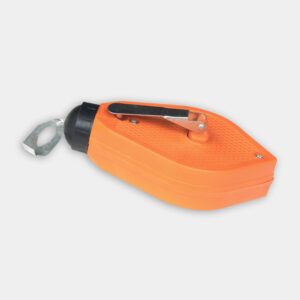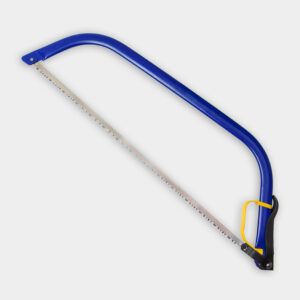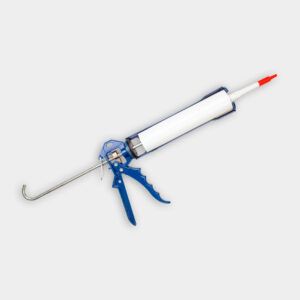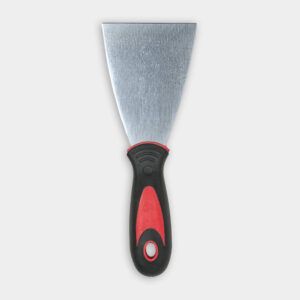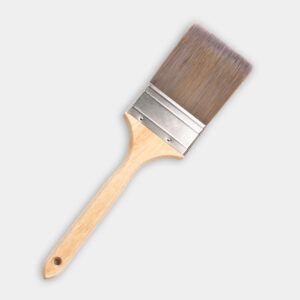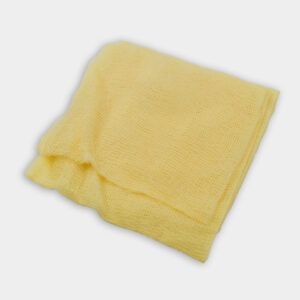We may be compensated if you purchase through links on our website. Our team is committed to delivering honest, objective, and independent reviews on home products and services.
You can add a hint of elegance to any room by installing wood crown molding. This decorative trim creates a beautiful transition between walls and ceilings, and elevates the overall look of your space. Learn how to complete this project in our step-by-step guide below, and watch the video above for tips from This Old House general contractor Tom Silva.
Types of Wood Crown Molding
Wood crown molding comes in several varieties, including the following:
- Maple: Hard, dense, and excellent for intricate designs and staining
- Oak: Durable, features a prominent grain pattern, and is great for staining
- Pine: Affordable, easy to work with, and ideal for painting
- Poplar: Smooth texture, perfect for painting, and resistant to warping
Preparation and Planning for Crown Molding Installation
Measure your room carefully to determine the amount of molding you need. Choose a style that complements your room’s decor. Acclimate the wood to your home’s environment for at least 24 hours before you begin your installation project.
Tools and Materials
Gather the tools and materials you need before you start the installation for a smoother and more efficient building process.
Essential Tools
Certain tools are necessary for a seamless installation. A compound miter saw will help you to achieve accurate angle cuts, while a coping saw refines those cuts for perfect corner fits. A pneumatic finish nailer speeds up the nailing process and keeps molding secure, and a chalk line makes straight guidelines on the wall. Finally, a stud finder locates studs so that you can nail elements securely, a caulk gun and a putty knife can help you to make the finishing touches, and a 2 1/2-inch sash paintbrush is perfect for painting the molding.
Required Materials
Selecting the right materials helps you to form the foundation of any successful molding project. Start with wood crown molding. Secure the molding with 2-inch finish nails and wood glue for joints. Use caulk to fill gaps along the edges for a pristine finish, and use wood putty to cover nail holes. Finish with high-gloss latex paint for a polished look. If you’re affixing molding to brick or concrete, you’ll also need construction adhesive.
Crown Molding Installation Process
Installing wood crown molding requires attention to detail and precision.
Marking and Preparation
Mark and prepare your walls accurately to lay the groundwork for a successful installation. Follow the steps below.
- Use a scrap piece of crown molding to mark the bottom edge on the walls at each corner of the room. This establishes the path along which you’ll install the molding.
- Connect these marks with a white chalk line around the room. Use this as a guide.
- Locate and mark the wall studs so that you can securely attach your elements.
Cutting and Fitting
You must make precise cuts to achieve professional-looking molding. Here’s how to cut and fit your joints:
- Set up your compound miter saw for crown molding cuts. This allows you to make precise, angled cuts.
- Cut a 45-degree scarf joint on the first piece of molding. Scarf joints create a smooth transition between two pieces of molding that meet along a long wall.
- Hold the molding in place, and make sure the bottom edge aligns with the chalk line.
- Nail the molding to the wall studs and ceiling using the pneumatic finish nailer. This secures the molding in place, and prevents any future movement or gaps.
Creating Joints
You need to create proper joints for a seamless look. Mastering the three types of joints is key to making the molding appear continuous and smooth. Read more about the three types of joints below.
- Coped joints: These are best for inside corners and accommodate slight wall irregularities for a snug fit.
- Mitered joints: These are best for outside corners, and require precise 45-degree cuts to form clean angles.
- Scarf joints: Use these along long walls to join two pieces of molding without noticeable gaps.
Dealing with Corners
If you’re dealing with inside corners, create a coped joint by cutting a 45-degree miter and then using a coping saw to remove the back material. This allows one piece to nestle seamlessly into the contour of the adjacent piece.
If you’re dealing with outside corners, cut 45-degree miters on both pieces and join them with glue and nails. Correctly fitting outside corners leads to a crisp, clean look that wraps around corners seamlessly.
Special Considerations: Brick and Concrete
If you’re installing crown molding on brick or concrete walls, apply construction adhesive along the back edge of the molding. This will create a firm bond. Nail the top edge to the ceiling for additional support. Additional nailing secures the molding, and prevents movement or sagging over time.
Finishing Touches To Your Crown Molding
Complete your installation with the finishing touches below.
- Caulk along the top and bottom edges of the crown molding to fill any gaps. Caulking smooths transitions and hides discrepancies between the molding and ceiling or walls.
- Fill nail holes with wood putty and sand them smooth once they’re dry. Concealing and smoothing nails create an even surface that blends seamlessly into the molding.
- Paint the crown molding with high-gloss latex paint for a beautiful finish. Painting seals the wood and provides a refined, cohesive look.
